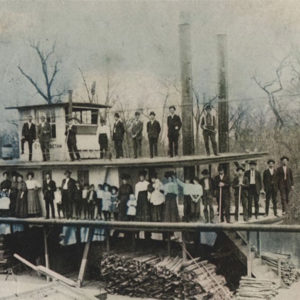 Choctaw Steamboat
Choctaw Steamboat
Entry Category: Clay
 Choctaw Steamboat
Choctaw Steamboat
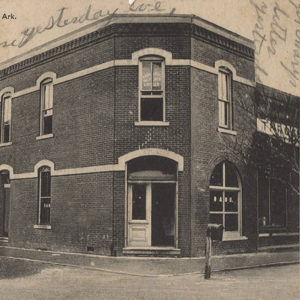 Clay County Bank
Clay County Bank
Corning (Clay County)
 Corning Church
Corning Church
 Corning Store
Corning Store
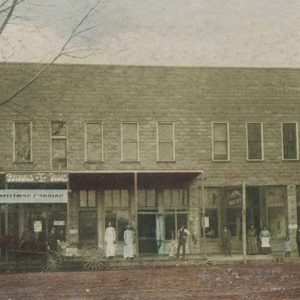 Corning Street Scene
Corning Street Scene
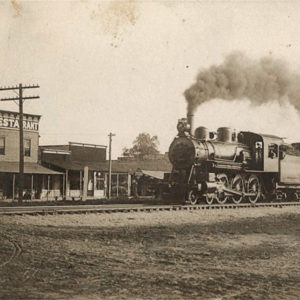 Corning Train
Corning Train
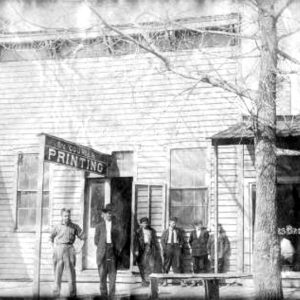 Courier Printing
Courier Printing
Datto (Clay County)
 Downtown Piggott
Downtown Piggott
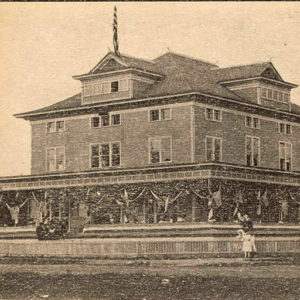 E. S. Crossett Club
E. S. Crossett Club
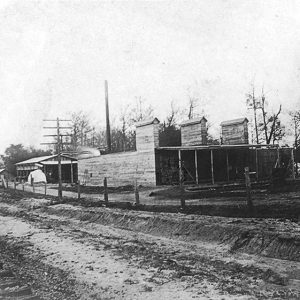 Frisco Stave Company
Frisco Stave Company
Greenway (Clay County)
 Hemingway-Pfeiffer Museum Interior
Hemingway-Pfeiffer Museum Interior
Knobel (Clay County)
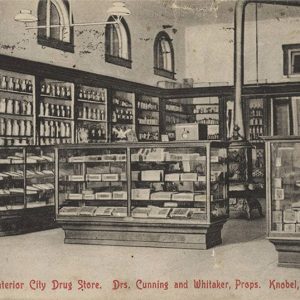 Knobel Drugstore
Knobel Drugstore
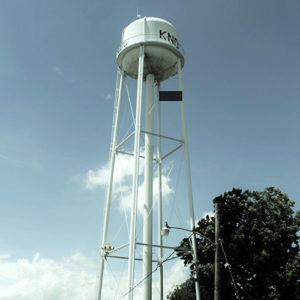 Knobel Water Tower
Knobel Water Tower
McDougal (Clay County)
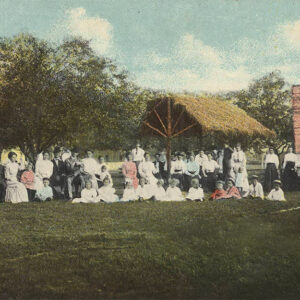 Motsingers Park
Motsingers Park
Nimmons (Clay County)
Peach Orchard (Clay County)
Piggott (Clay County)
 Piggott Baptist Church
Piggott Baptist Church
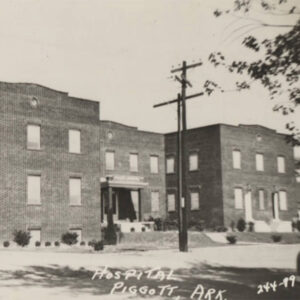 Piggott Hospital
Piggott Hospital
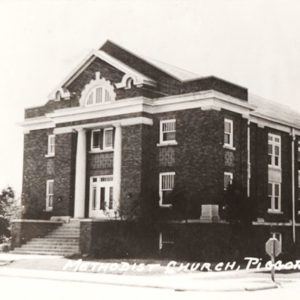 Piggott Methodist
Piggott Methodist
 Piggott Post Office
Piggott Post Office
Pollard (Clay County)
Rector (Clay County)
 Rector Cotton
Rector Cotton
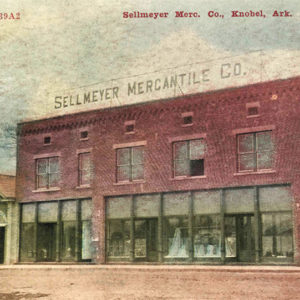 Sellmeyer Mercantile
Sellmeyer Mercantile
St. Francis (Clay County)
Success (Clay County)
 Wilson Depot
Wilson Depot
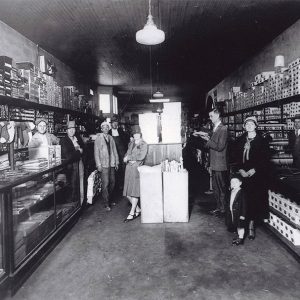 Wolfe Dress Shop
Wolfe Dress Shop




